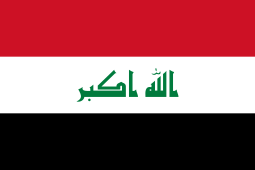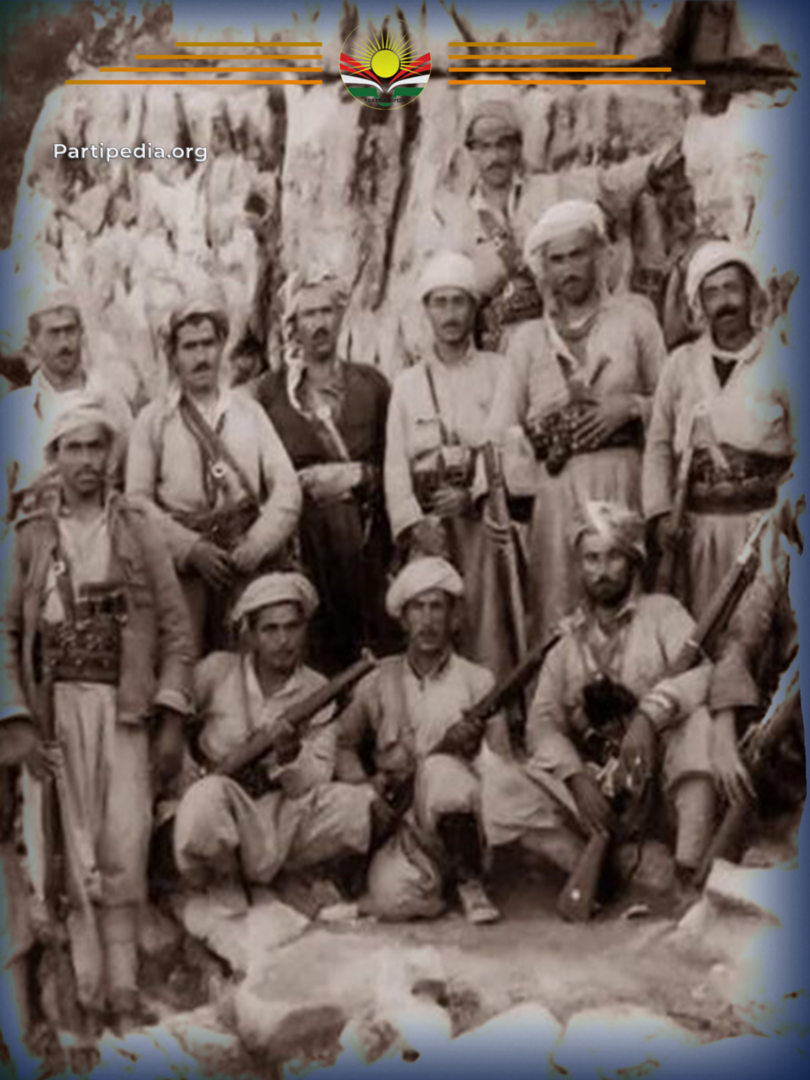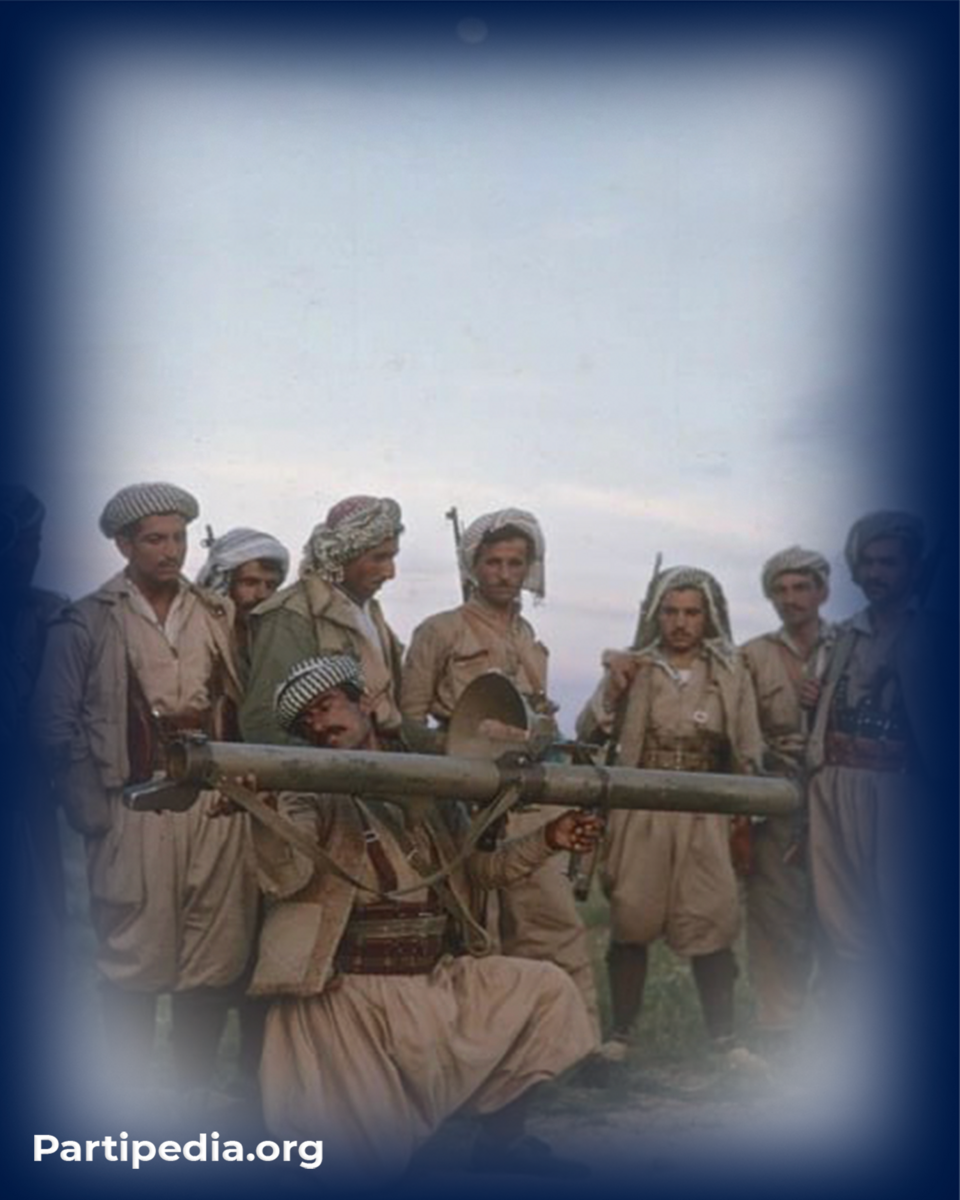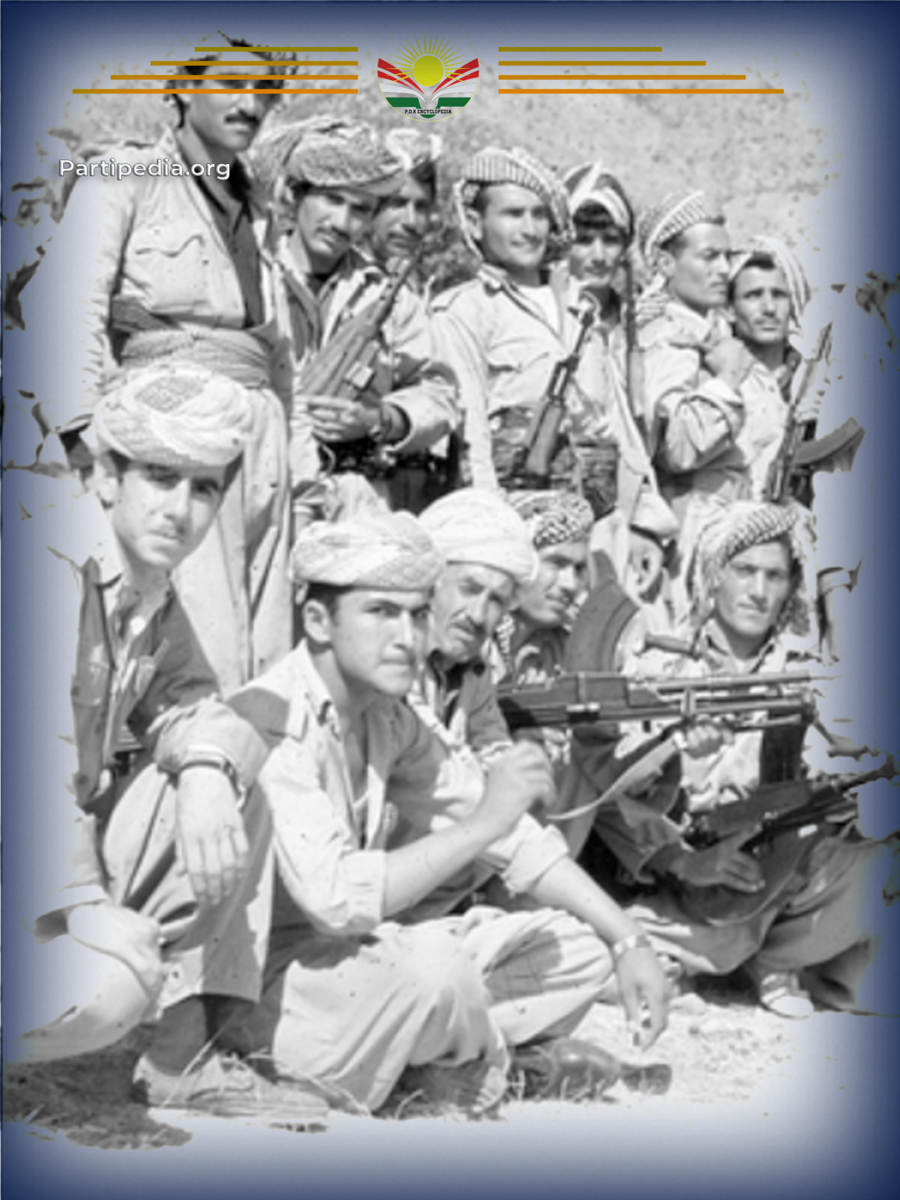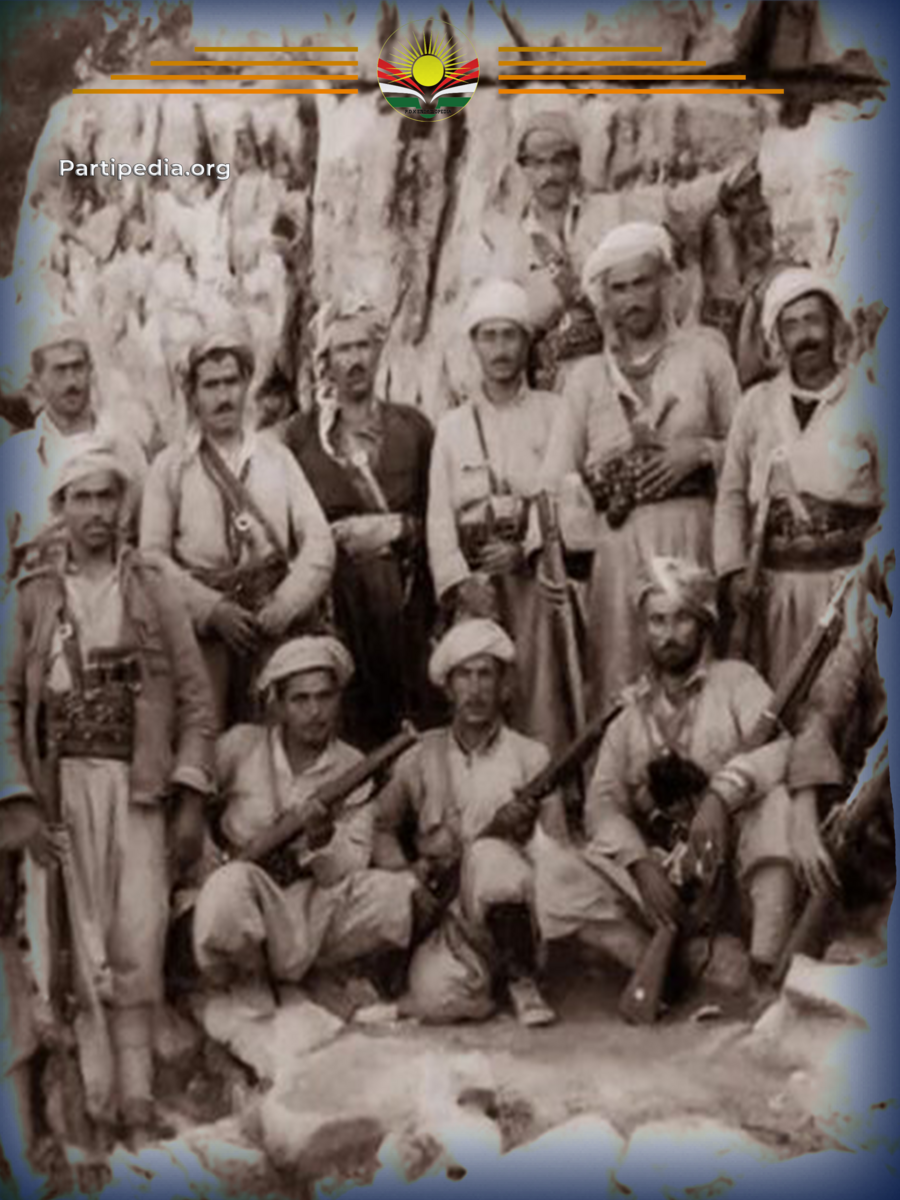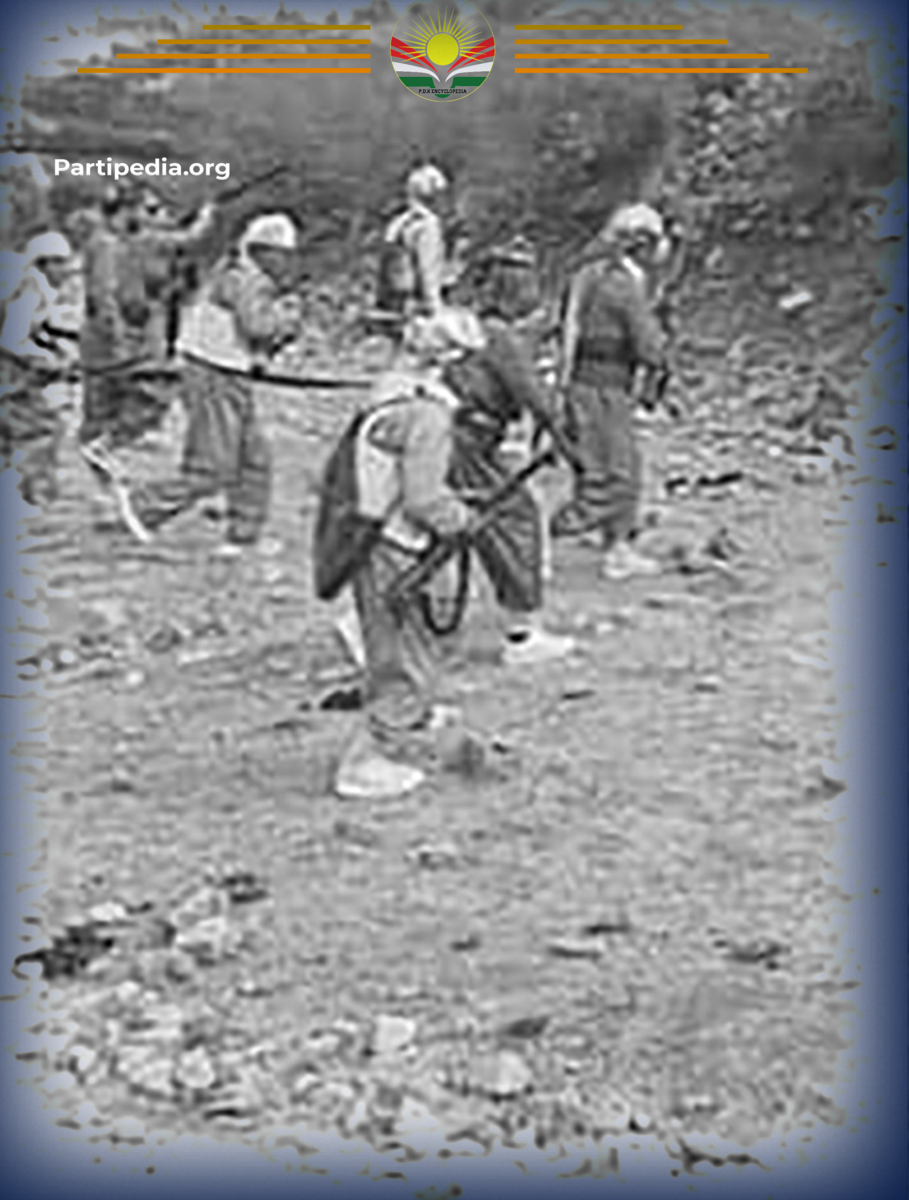The major offensive, known as the Battle of Ruandz, took place on September 8, 1974, and remains one of the most challenging confrontations in the conflict. In an effort to capture the positions of the Peshmerga forces in the Ruandz area, the Iraqi army launched a large-scale offensive on two fronts. One of them was on the front of Mount Gorez towards Balakian village, the other from Korrek towards Bekhal. The attack lasted for a long time and all kinds of plans were used to capture their targets.
The occurrence of the War
On September 8, 1974, the Iraqi army, commanded by Staff Major General Ismail Taye Naimi, launched an intensive offensive on two different fronts, one on Mount Korrek and the other on Mount Gorez, first by the Peshmerga forces Both attacks were foiled, causing heavy casualties to the Iraqi army. The revolutionary artillery under the command of Hali Dolamari played a major role in defeating the army's attack. The attacks continued until September 19 of the same year. The Iraqi army had no achievements until that day. In the first attack on the Peshmerga forces, the Iraqi army suffered heavy losses, leaving more than 400 bodies of dead soldiers on the battlefield. This heroism was recorded with the blood of six Peshmerga martyrs. The Iraqi government used a very strange plan to succeed in these attacks: and it was to attack from Mount Korrek to the city of Ruandz. For this purpose, one of the commanders of the Iraqi army, Staff Lieutenant Colonel Abdul Wahab, had a solid plan, with a large bulldozer removed all the stones at the foot of Mount Korrek In order for government tanks and armored vehicles to attack the target on Mount Korrek. The army's plan never came to the imagination of the Peshmerga, because it was very difficult and illogical. It changed the balance of the war. It forced the Peshmerga to retreat to Barzewa village, Mount Hendren, Zozk, Omar Agha Gorge and other places. It was a great victory for the army.
Another plan of the Iraqi government was to attack the Peshmerga forces in the Betwata area, the only purpose of the attack was so that the revolutionary leaders would send a Peshmerga force to the area. This would have reduced the pressure on the Iraqi army in the Ruandz area, which was the right plan. Because the Raqqa Valley and other parts of the region were captured, This increased the pressure of the Iraqi army on the Peshmerga and they attacked the Ruandz Mountains. On September 23, as a result of the Peshmerga forces' resistance, a Meg-19 helicopter was shot down in the village of Barzewa with a 14.5-magnitude fire. The pilot, First Lieutenant Safa Shallal, was taken prisoner caught.
Eventually, the Iraqi army occupied the Ruandz Valley, and the war consisted only of shelling and bombing the areas under the control of the Peshmerga, but what was noticed was that the Iraqi army was constantly looking for an opportunity to attack the area to completely remove it from the control of the Peshmerga.
Source:
1.kdp Encyclopedia Archive.

